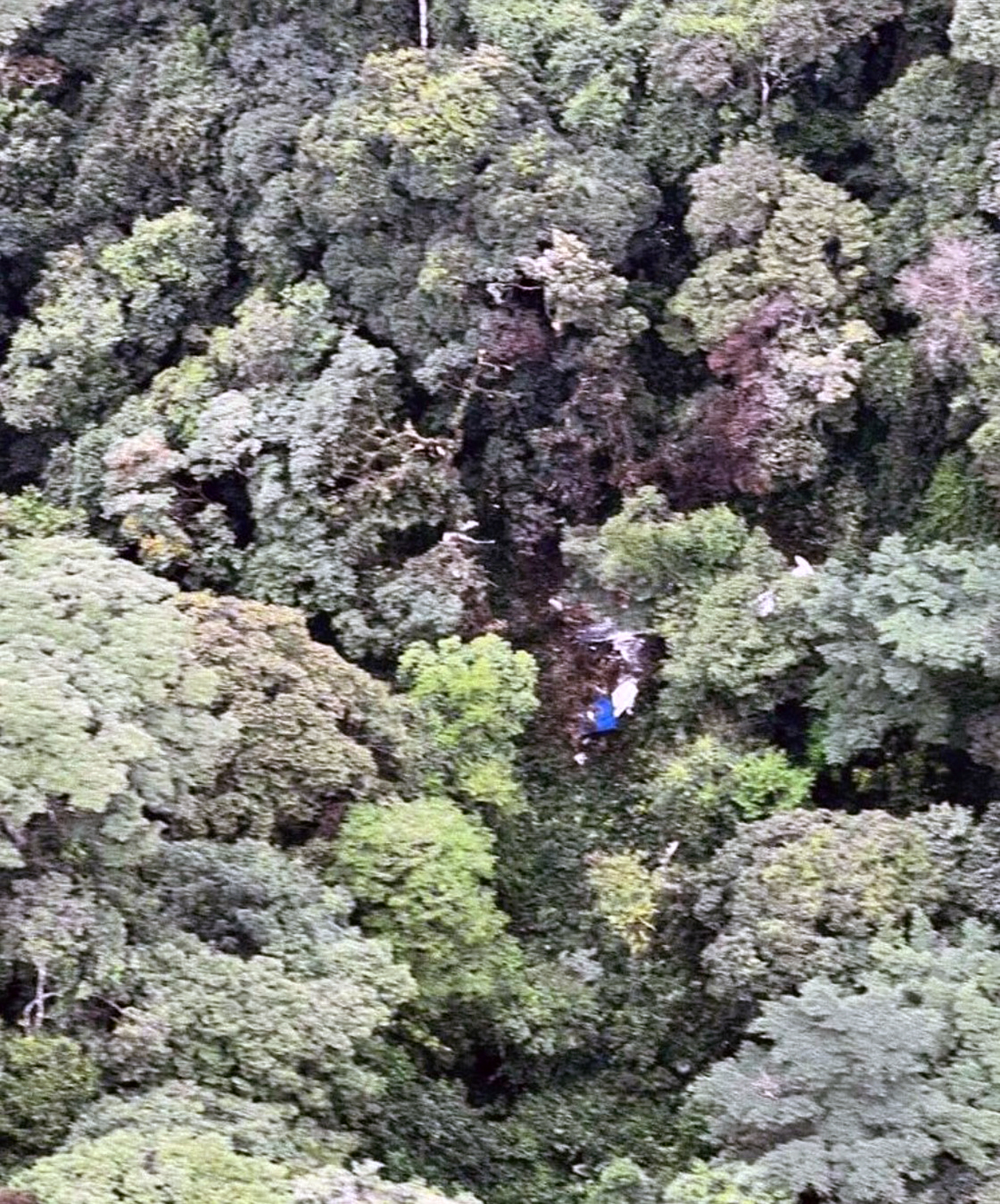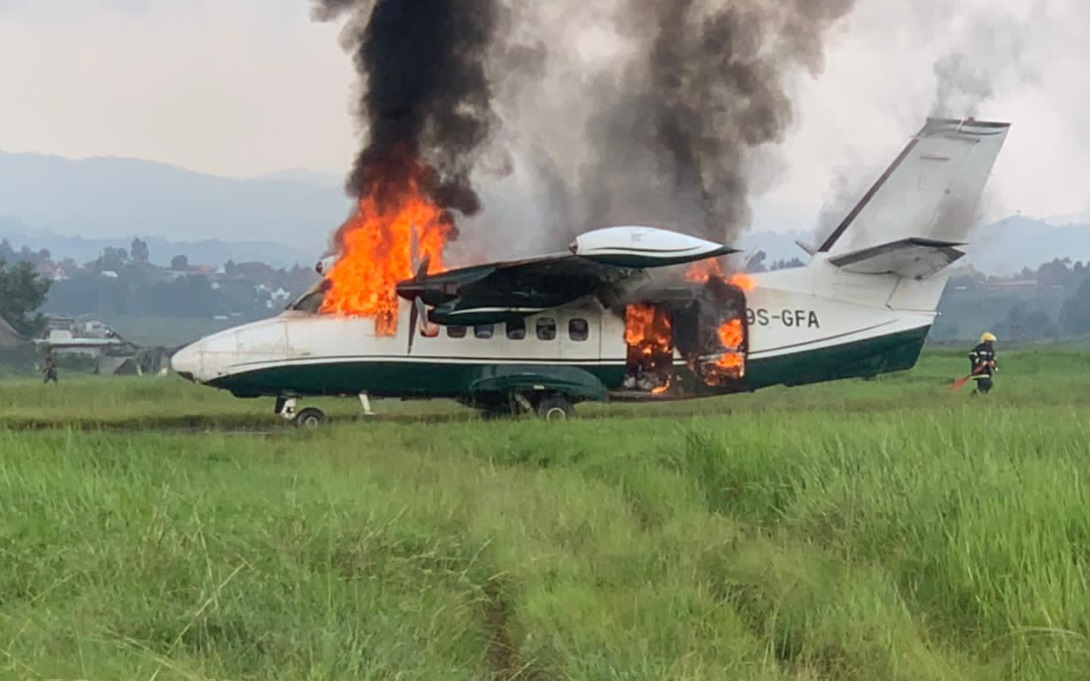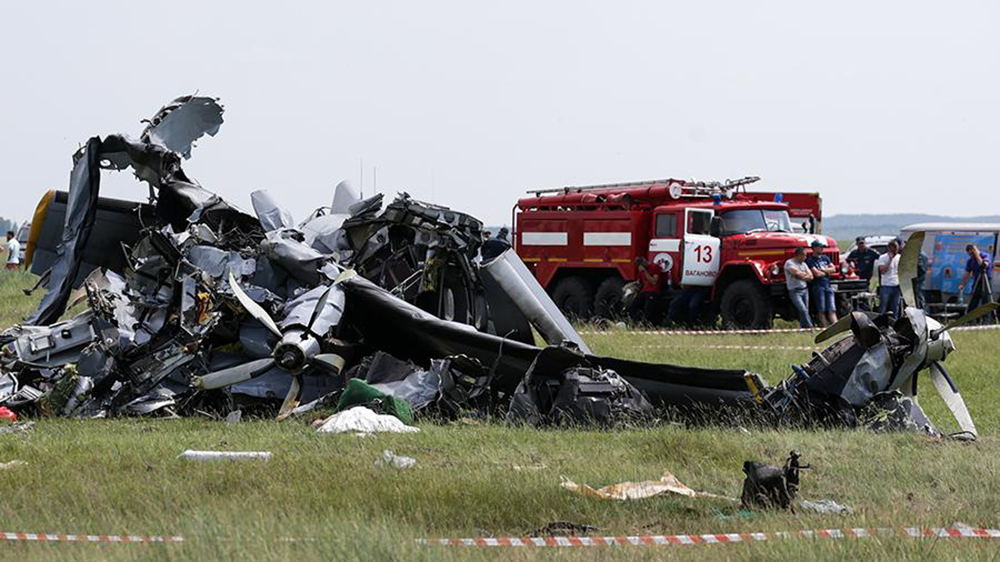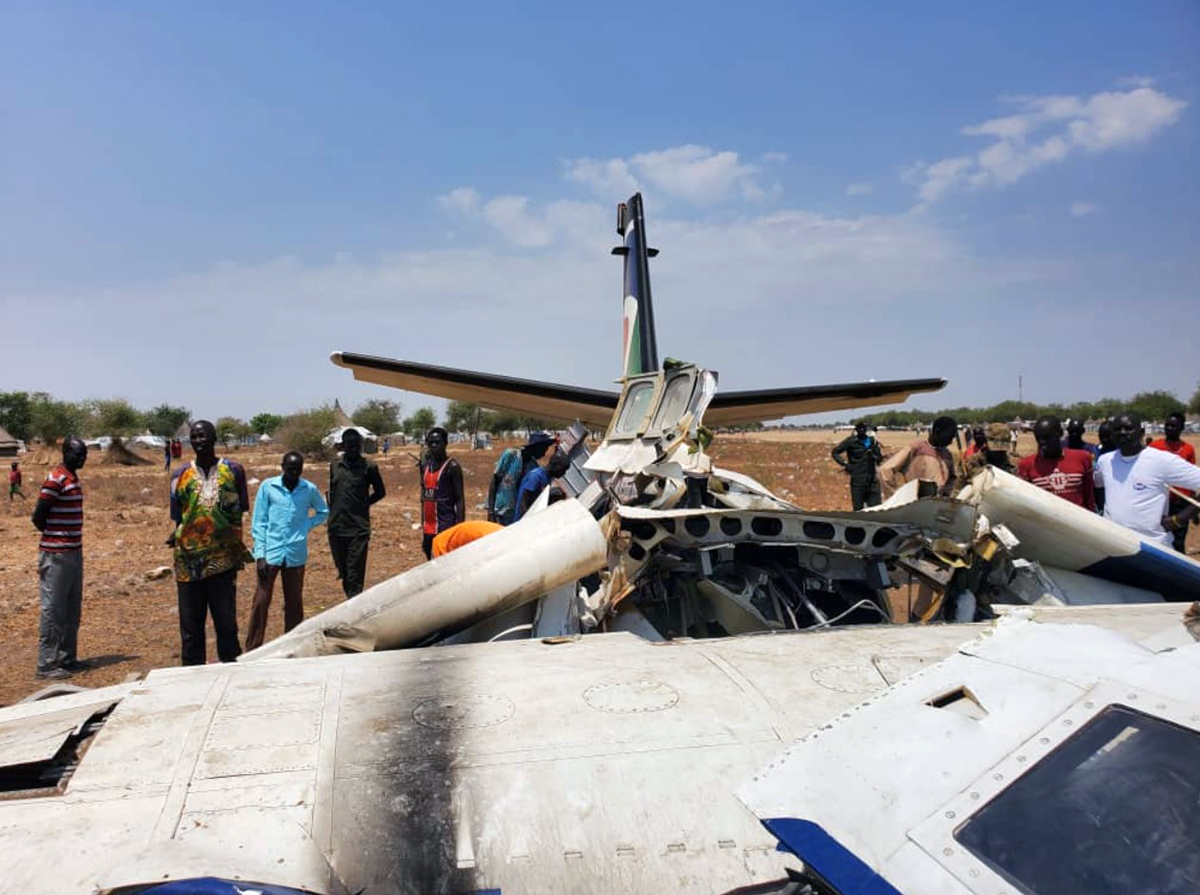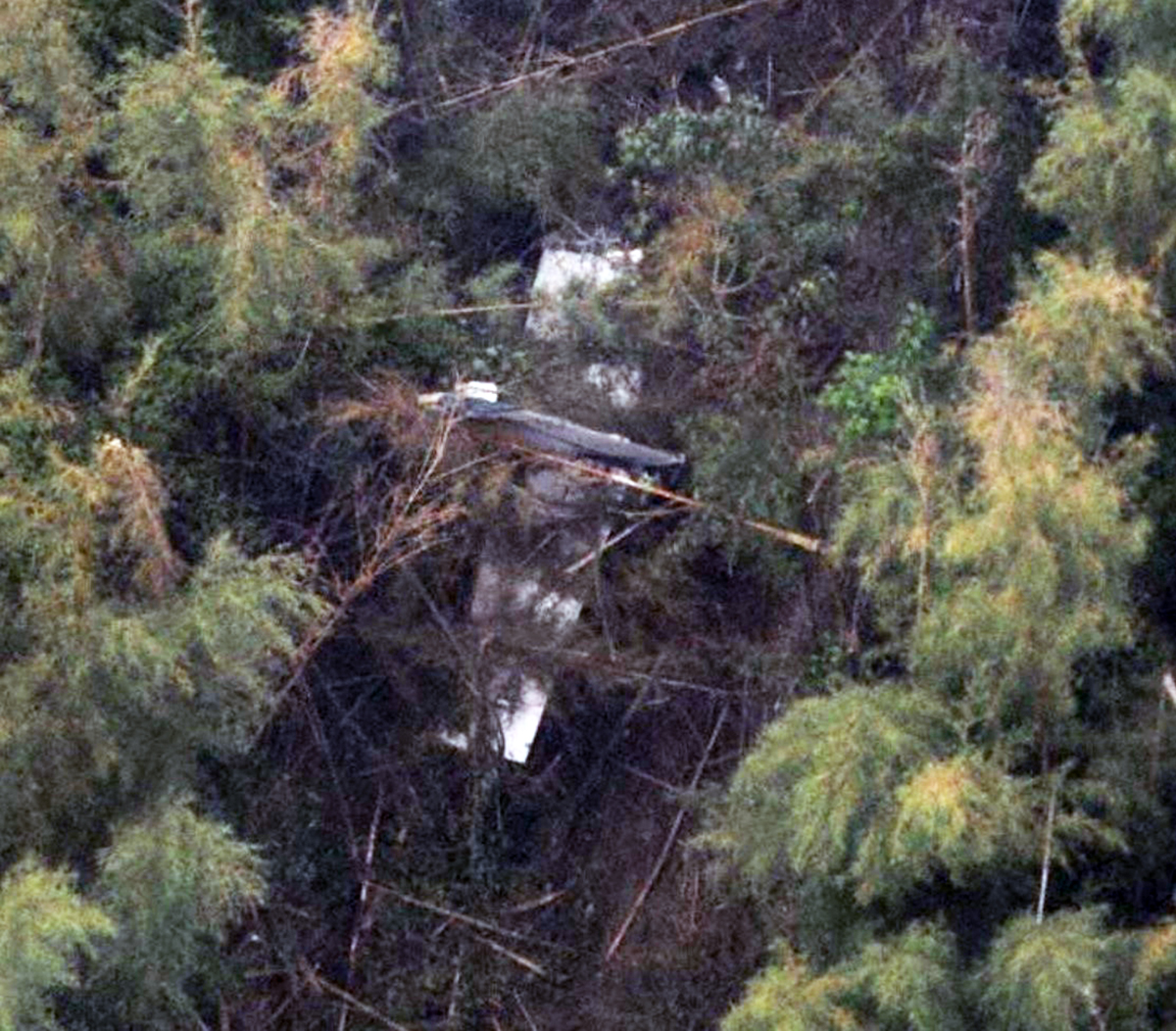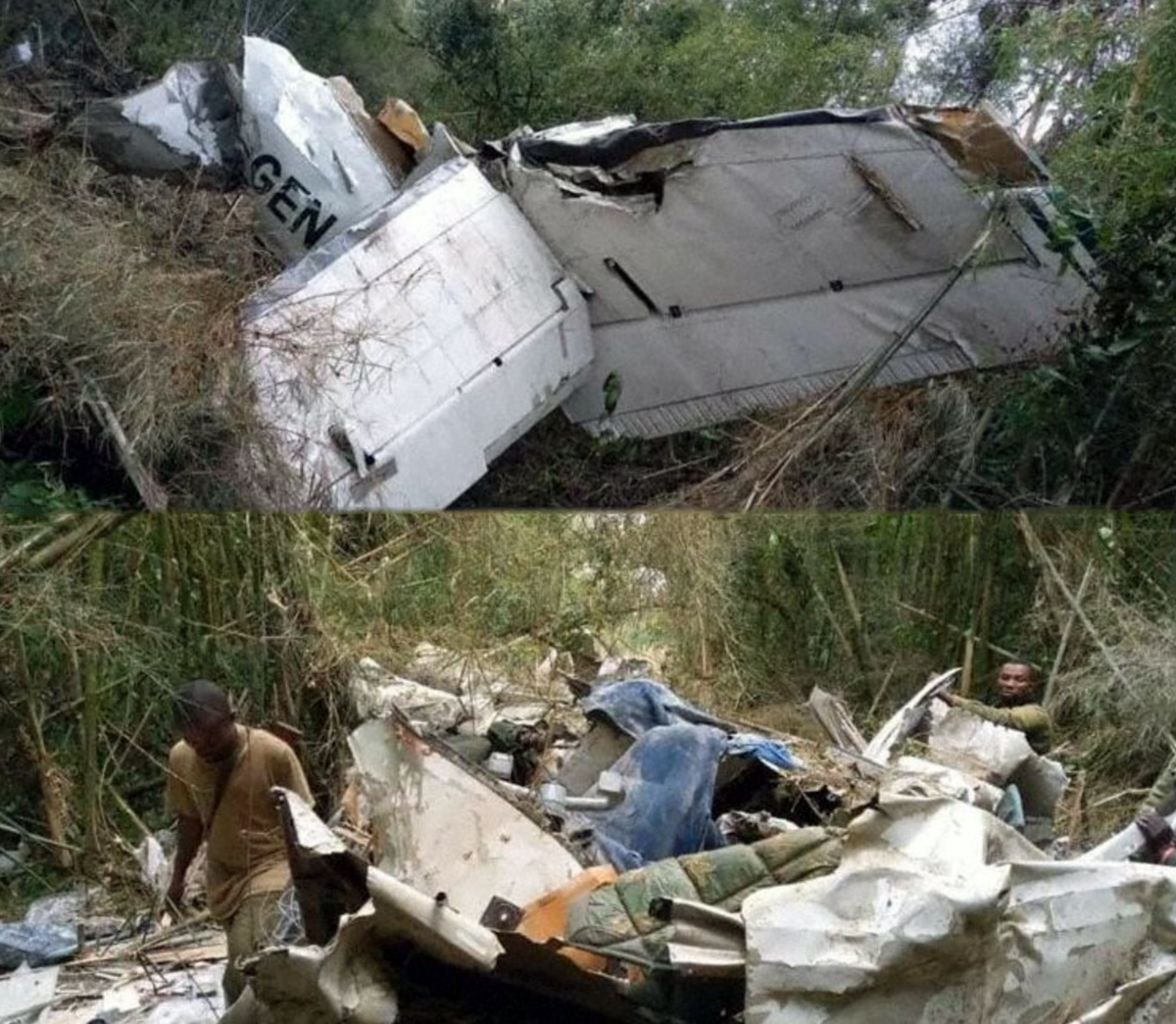Date & Time:
Sep 12, 2021 at 2251 LT
Operator:

Schedule:
Irkutsk – Kazashinskoye
Crew fatalities:
Pax fatalities:
Other fatalities:
Captain / Total flying hours:
5623
Captain / Total hours on type:
4625.00
Copilot / Total flying hours:
1385
Copilot / Total hours on type:
693
Aircraft flight hours:
5481
Aircraft flight cycles:
3632
Circumstances:
The twin engine airplane was supposed to depart Irkust at 1435LT but the flight had been delayed for several hours. On approach to Kazashinskoye Airport, the crew encountered poor visibility due to the night and fog. On final approach to runway 04, at an altitude of 130 metres, the crew initiated a go-around procedure as he was unable to establish a visual contact with the ground. Few minutes later, during a second attempt to land, the crew descended to the height of 10 metres when he initiated a second go-around procedure, again for the same reason. The airplane climbed to an altitude of 400 metres then the crew made a 180 turn in an attempt to land on runway 22. In below minima weather conditions, the airplane deviated 1,100 metres to the right of the runway 22 extended path, descended into trees and crashed in a wooded area located about 3 km from the airport. Three passengers and a pilot were killed while 12 others occupants were injured. The aircraft was totally destroyed by impact forces.
Probable cause:
The accident was the consequence of the crew's non-compliance with the rules for visual flights at night, which was expressed in making an approach to land with visibility below the established minimum values, leading to a collision with natural obstacles and resulting in a controlled flight into terrain (CFIT).
The following contributing factors were identified:
- The discrepancy between the coordinates of the runway thresholds at Kazachinskoe in the GPS receivers of the aircraft commander and the co-pilot and their actual values, which led to an incorrect calculation for landing ;
- The failure of the aircraft commander to make a timely decision to divert to an alternate airport despite having information about the meteorological conditions not meeting the established minimum values. The individual psychological characteristics of the aircraft commander allowed him to make leadership decisions, but in the case of their erroneousness, he did not possess the ability to correct them and was inclined to unjustifiably risky, dangerous decisions ;
- The crew's use of the autopilot in the final stage of flight, which did not comply with the Flight Operations Manual. The autopilot modes selected significantly reduced the crew's situational awareness. In fact, the descent was carried out significantly to the right of the extended runway centerline over an area that lacked light landmarks ;
- The lack of proper interaction within the crew and insufficient monitoring of flight parameters.
Final Report:






